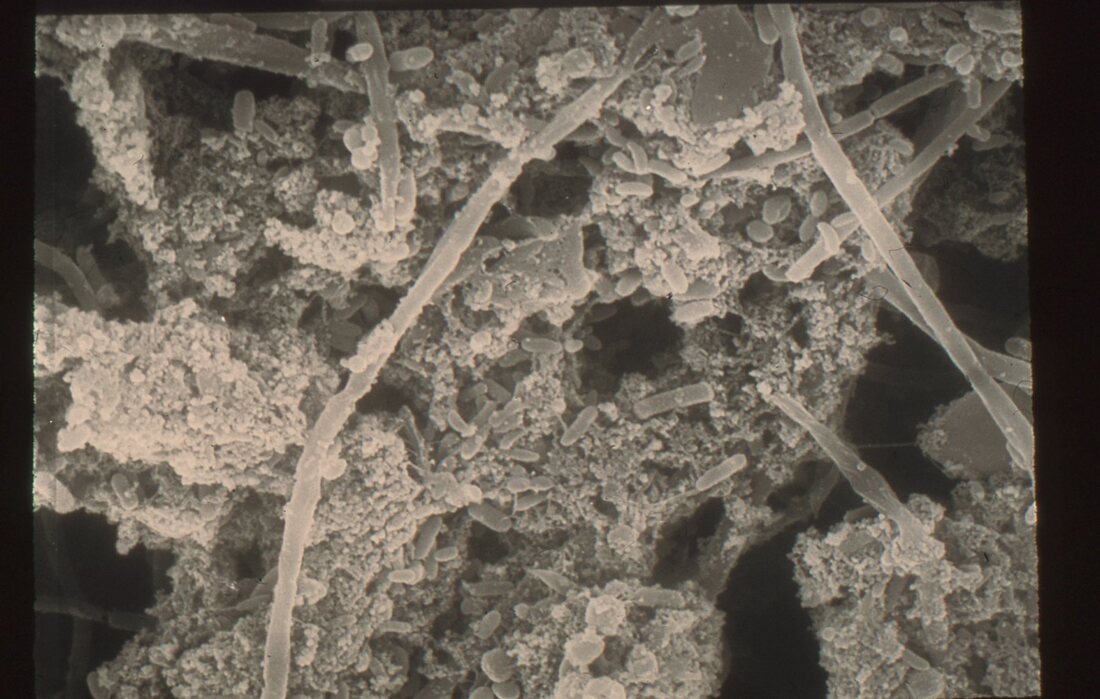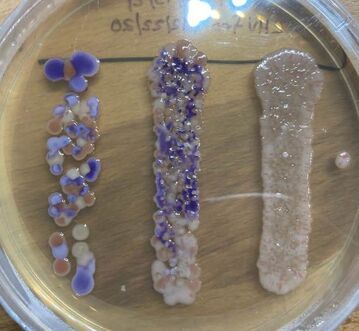First the Macronutrients
- Carbon, Hydrogen, & Oxygen - the backbone of organic chemistry
- Nitrogen - used for proteins, enzymes, and nucleic acids
- Phosphorus - used in nucleic acids, phospholipids, and ATP
- Sulfur - for several amino acids and vitamins
- Potassium - in multiple enzymes
- Magnesium - cell stabilization of ribosomes and membranes
- Iron (Fe)
- Calcium
Function as enzyme cofactors and are not required by all bacteria - concentrations required are in the ppb - or nanograms per Liter. Micronutrients required by anaerobic methanogen archaea are noted.
- Manganese
- Copper
- Zinc
- Nickel - vital for methanogens
- Cobalt - vital for methanogens
- Selenium
- Molybdenum - vital for methanogens
The short answer is "it depends" - in the case of domestic wastewater, you have an abundance of all nutrients. And, in industrial wastewater, you usually lack mostly nitrogen or phosphorus. All can be checked with laboratory analysis of the influent and if you are deficient in specific micronutrients, then can be added at low cost.
The "it depends" part comes from some pretreatment steps and other chemical additives having an ability to bind to trace metals making them not available to support bacterial metabolism. I have seen this with AOB/NOB cultures and in anaerobic digesters.
One interesting paper found anaerobic digesters receiving alum or ferric pretreated domestic primary sludge benefitted from added Bacillus bioaugmentation and micronutrients. Here is the abstract:
Water Sci Technology 2005;52(1-2):275-81.
Effect of biological additives and micronutrients on the anaerobic digestion of physicochemical sludge
A Noyola 1, A Tinajero
Affiliations expand
PMID: 16180439
Abstract
Two additives (lyophilized bacilli and enzymes) and a solution of micronutrients (Fe, Co, Ni and Mo) were tried separately and in combination, in order to assess their effect on the anaerobic digestion of waste sludge from an enhanced primary treatment (EPT) of municipal wastewater. Three batch tests were carried out in serological bottles. In the first test, addition of bacilli increased production of methane from day 11 and at day 17 the production was 95% greater than the control. In that experiment, the concentration of volatile fatty acids (VFAs) was 1,391 mg/L, 40% lower than the control. In the second test, the combination of micronutrients with bacilli, reached from the first days a better methane production than the control, 167% higher in day 17. At the end of the experiment, this combination achieved a lower concentration of VFAs and a greater percentage of volatile solid removal than the rest of the treatments. The third test was based on an experimental design in order to statistically determine the best doses of bacilli additive and micronutrients. The anaerobic thermophilic digestion of sludge from aluminum sulfate EPT will be improved with the addition of Fe: 4.5 mg/g VS, Ni: 0.75 mg/g VS, Co: 0.45 mg/g VS, Mo: 0.09 mg/g VS and bacilli additive: 12 mg/g VS.




 RSS Feed
RSS Feed